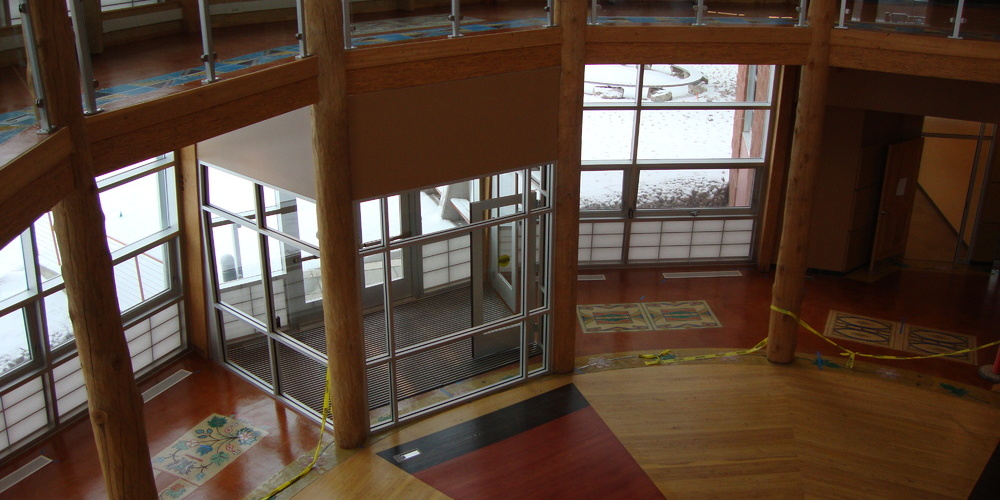
What is the Native American Center?
Project Narrative Provided by A&E Architects
The UM Native American Center represents a unique and extraordinary opportunity as the first off-reservation building in the state of Montana that is designed to symbolically represent Native American culture and the first inter-tribal center designed to represent the twelve tribes of Montana. With project goals of LEED gold, the center is the premiere UM project to comply with a new campus wide LEED initiative.
The university provided an appropriately significant site for the building – in the heart of the campus on one of the last remaining sites surrounding the historic oval. The building was designed to provide a home for the university’s growing Native American Studies Department as well as Native American student services and student organizations.
The Native American Center has the strong potential to become nationally significant as an academic educational and research institution as well as a vital new gathering place for dialogue and exchange on Native American culture, history, and contemporary issues in the Western region. A key aspect of Native American philosophy that is shared by all tribes is a deep respect and integration with the natural world. As part of this effort, the design incorporates site strategies, building materials, building systems and construction processes that will reduce the environmental impacts of the building and create a building which is highly responsive to the climate of Montana, following the historic exemplars of traditional Native American architecture.